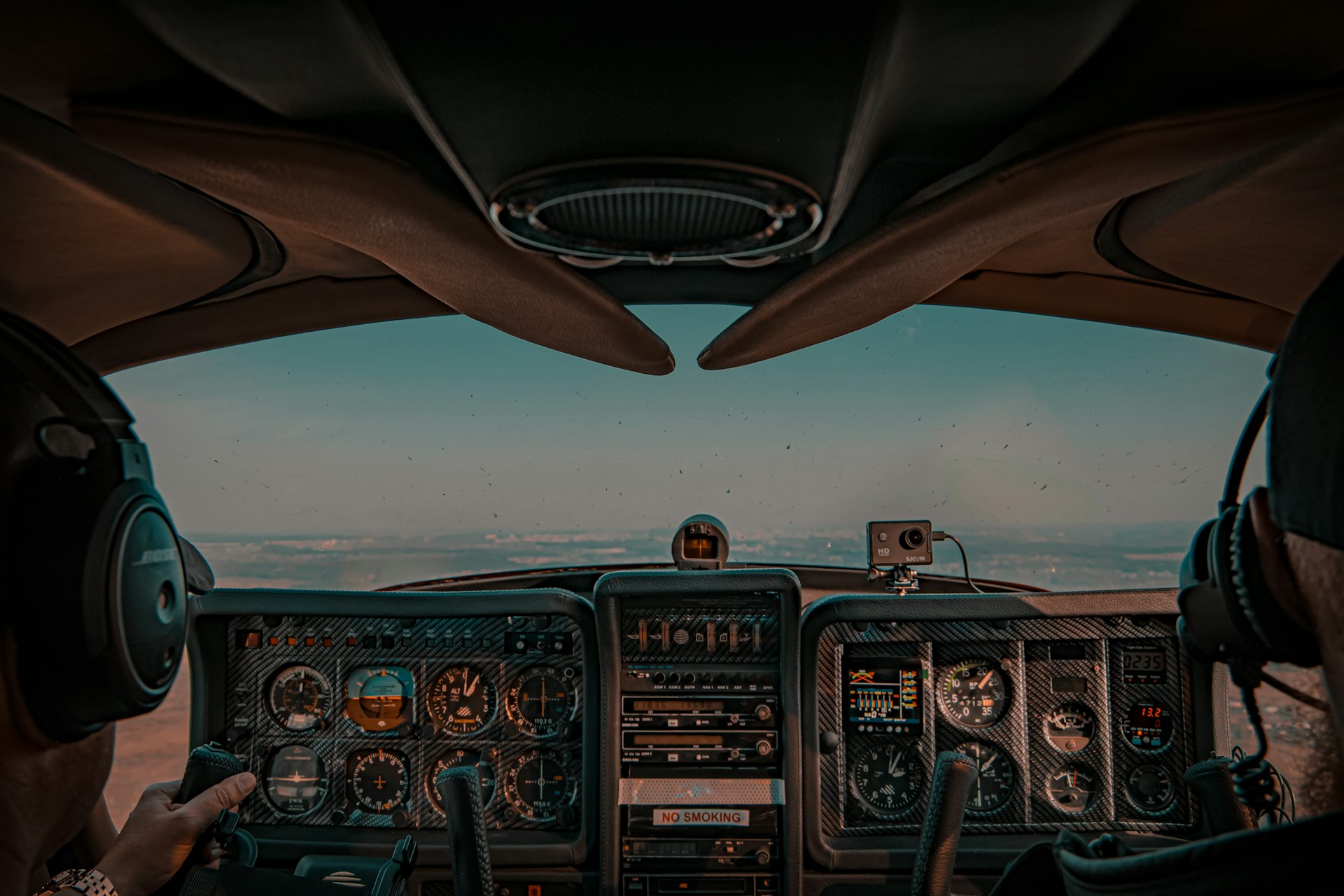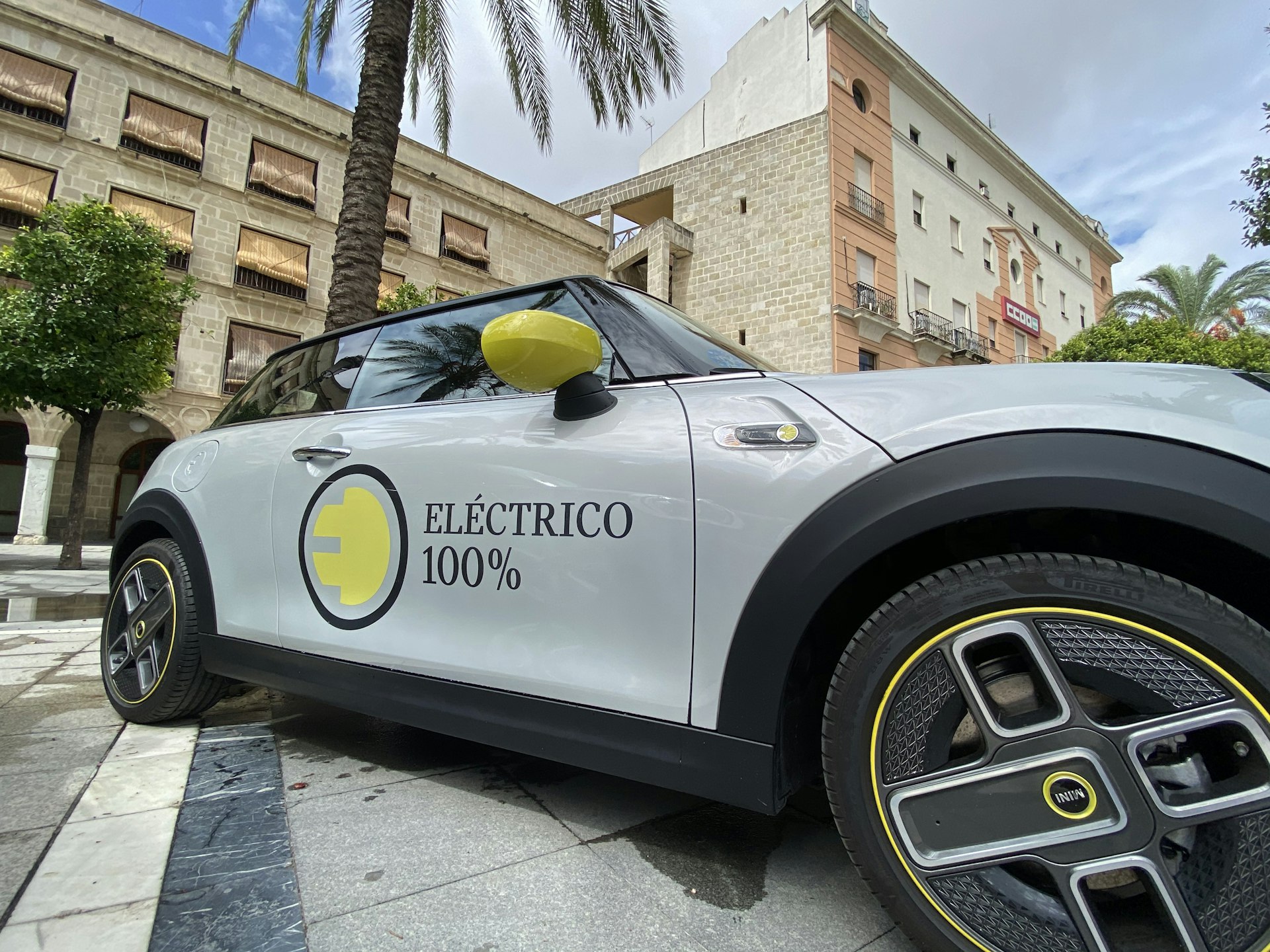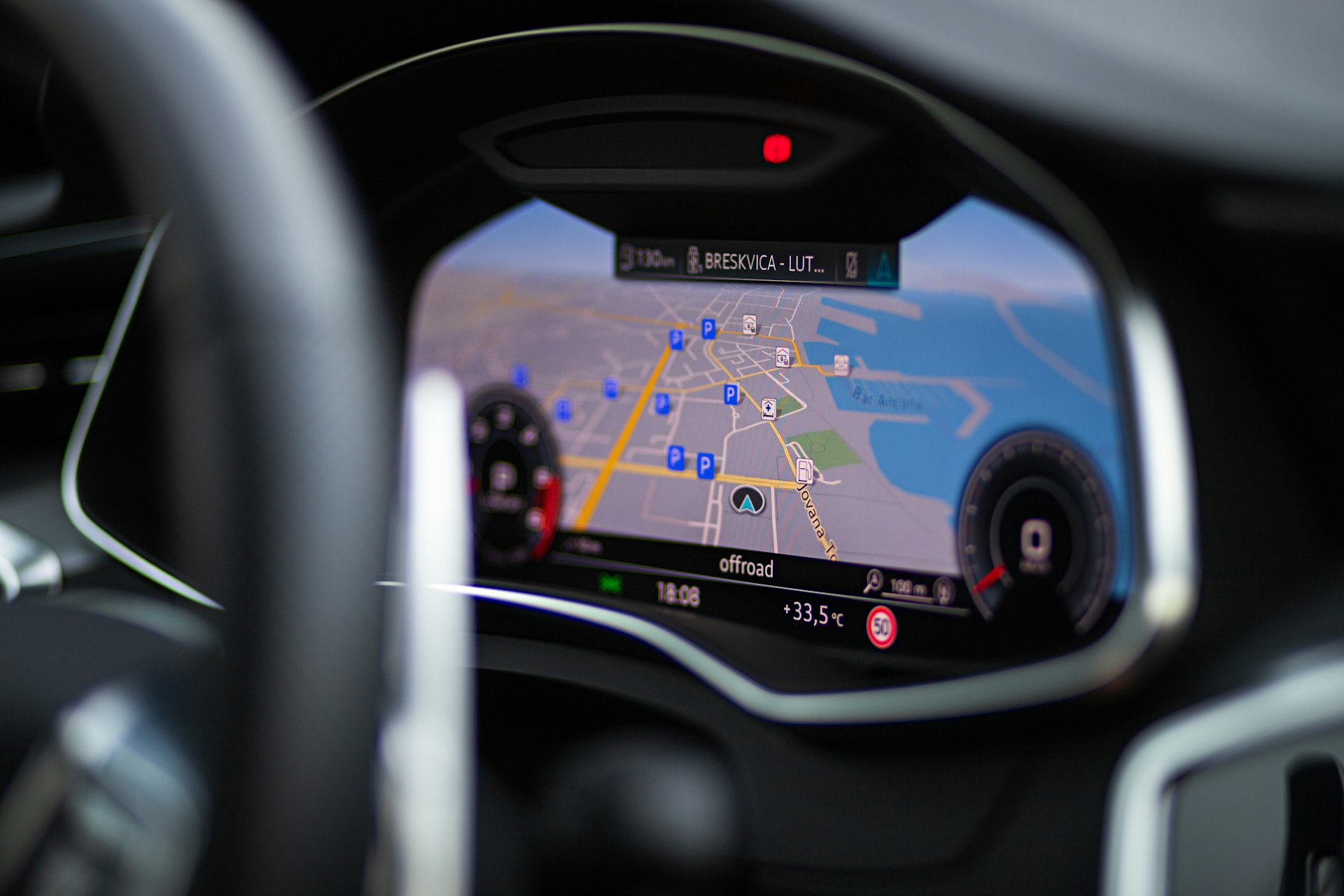How Electric Aviation and Automotive Synergies Are Redefining the Future of Transportation

Photo by Sergey Koznov on Unsplash
The Convergence of Electric Aviation and Automotive Innovation
Electrification is reshaping both aviation and automotive industries, bringing them closer through shared technologies, mutual challenges, and synergistic opportunities. As electric vehicles (EVs) and electric aircraft gain momentum, their crossover is not just an engineering marvel but a transformative force for sustainable, interconnected mobility. Understanding this convergence offers new pathways for innovation, investment, and participation across industries and communities.
Shared Foundations: Battery and Motor Technologies
Both sectors depend heavily on advances in battery technology and electric propulsion systems . Automotive EVs have driven significant progress in lithium-ion batteries, thermal management, and high-efficiency motors. These innovations are now being adapted for aviation, where weight and reliability are paramount. For example, lightweight, high-density batteries developed for cars are being modified for use in electric vertical takeoff and landing (eVTOL) aircraft and hybrid regional planes [3] . Companies such as Rolls-Royce and GE Aviation are leading hybrid-electric propulsion research, building on automotive-style electric drive units and power electronics. This cross-pollination accelerates the pace of innovation and reduces costs for both industries.
Urban Mobility: eVTOLs and Ground Vehicles
The vision for urban air mobility centers on eVTOL aircraft that provide rapid, point-to-point transport within and between cities, effectively complementing electric cars on the ground. eVTOLs can bypass road congestion, while ground EVs handle last-mile connectivity. Future transport hubs, called vertiports , will likely integrate charging infrastructure for both cars and aircraft, streamlining travel and reducing emissions. Several major airlines are already investing in eVTOL startups, signaling confidence in this emerging ecosystem [5] . To access these services as they become available, stay informed through local transportation agencies, follow updates from major airlines investing in urban air mobility, and monitor city infrastructure projects for vertiport construction plans.
Infrastructure and Charging: Building the Connected Future
Developing robust, shared charging infrastructure is both a challenge and an opportunity. As electric aviation grows, there will be a need for thousands of vertiports and charging stations capable of delivering high power rapidly. Airports are poised to become eco-friendly transportation hubs, supporting both electric aircraft and ground vehicles. The integration with smart grids and renewable energy sources will further amplify the environmental benefits [2] . For individuals and businesses interested in participating, consider engaging with local government planning meetings, utility providers, or airport authorities to stay updated on charging infrastructure rollouts and partnership opportunities.
Hybrid-Electric Propulsion: Bridging Present and Future
While pure electric flight is the ultimate goal, hybrid-electric aircraft are emerging as an immediate solution. These aircraft combine traditional combustion engines with electric motors to reduce fuel consumption, emissions, and operational costs. Hybrid systems are especially effective for short and mid-range routes, where current battery technology falls short. Several prototypes are already flying, with commercial deployment expected in the 2030s [1] . For companies and individuals seeking to invest or participate, follow industry leaders such as Rolls-Royce and GE Aviation, and watch for regulatory updates from civil aviation authorities regarding hybrid certification and adoption.
Logistics and Supply Chain Integration
The integration of electric aviation and automotive logistics has the potential to revolutionize cargo and supply chains. Electric aircraft can rapidly transport goods between cities, while electric trucks and vans handle local deliveries. This end-to-end electrification can reduce costs, accelerate delivery times, and dramatically cut emissions. Companies interested in sustainable logistics can partner with forward-thinking carriers or join pilot programs exploring electric air and ground transport. For practical steps, reach out to established logistics providers and inquire about electric delivery options, or consider joining industry associations focused on sustainable freight.
Environmental Impact and Sustainability
The primary driver behind electric aviation and automotive crossover is sustainability . Both industries seek to reduce carbon emissions, noise pollution, and reliance on fossil fuels. The shared use of renewable energy sources, smart grids, and advanced battery recycling protocols will magnify these benefits. Public and private investment in green energy infrastructure is critical, and individuals can contribute by supporting local clean energy initiatives or choosing electric transport options when available.
Market Growth, Trends, and Opportunities
The market for electric vehicles and aircraft is projected to expand rapidly in the coming decade. For instance, the flying car and eVTOL market is expected to reach $10.2 billion by 2040, with a compound annual growth rate (CAGR) of over 14% [4] . This growth will create new opportunities across engineering, infrastructure, logistics, and energy sectors. To access these opportunities, job seekers can monitor company career pages of major automakers and aerospace firms, attend industry conferences, and network through professional organizations focused on advanced transportation.

Photo by Benjamin Elliott on Unsplash
Challenges and Solutions
Despite the promise, there are notable challenges. Battery weight and energy density limit range, especially for aircraft. Infrastructure development requires significant investment and coordination. Regulatory hurdles must be cleared to ensure safety and interoperability between air and ground systems. Public acceptance is another critical factor: surveys show commuters are open to air taxis if safety and reliability match traditional aviation standards [5] . Solutions include continued research into advanced batteries, government incentives for infrastructure, and public education campaigns to build trust in new technologies.
How to Get Involved or Access New Opportunities
If you want to participate or benefit from these trends, consider the following steps:
- Stay informed through reputable news sources, major automaker and airline updates, and industry association publications.
- Engage with local planning authorities or transportation agencies about upcoming infrastructure projects.
- Look for pilot programs or partnership opportunities with companies developing eVTOLs, electric trucks, or supporting infrastructure.
- For career opportunities, search for roles in advanced transportation, battery technology, or renewable energy at established company career portals.
- To invest, monitor public filings and news releases from industry leaders such as Rolls-Royce, GE Aviation, Boeing, Airbus, and leading automotive manufacturers.
As new electric air and ground services launch, providers will typically publicize access instructions through official channels-follow local government announcements and check with major transportation companies for updates on availability in your area.
References
- [1] J.A. Air Center (2024). Electric Aircraft: Are They the Future of Aviation?
- [2] CyberSwitching (2024). Electric Cars and Electric Aviation Synergies.
- [3] Flying Cars Market (2024). Emerging Trends in Electric Aircraft.
- [4] Accio (2024). Future of Flying Cars Trend: Tech, Market & Predictions.
- [5] Carpenter Electrification (2025). The Future of Air Travel: eVTOL and Electric Aircrafts.
MORE FROM promospotlight.com













